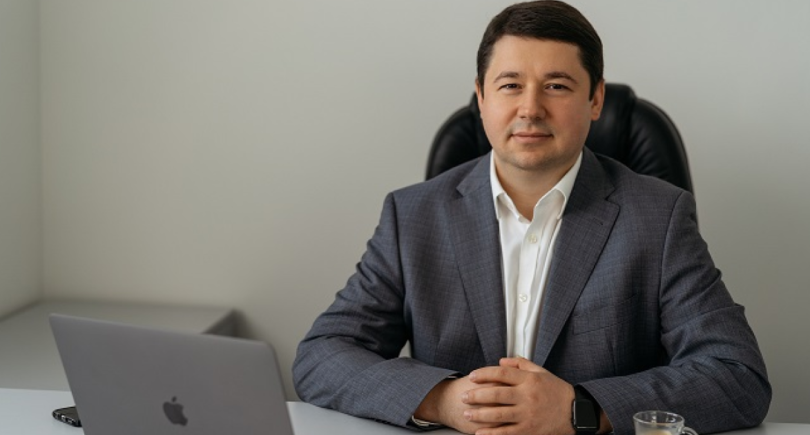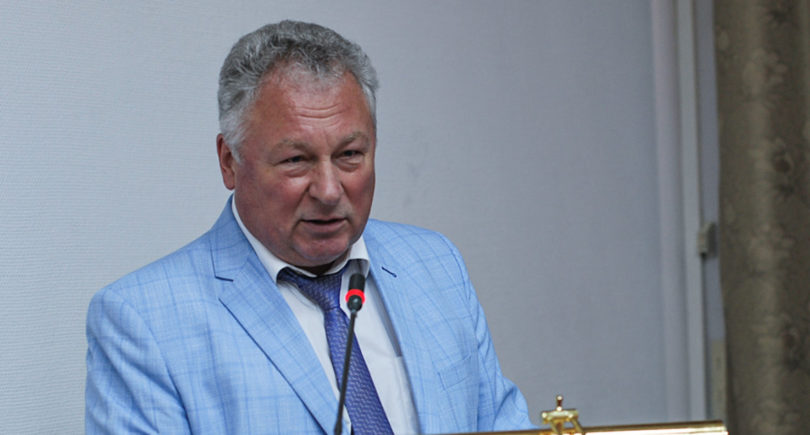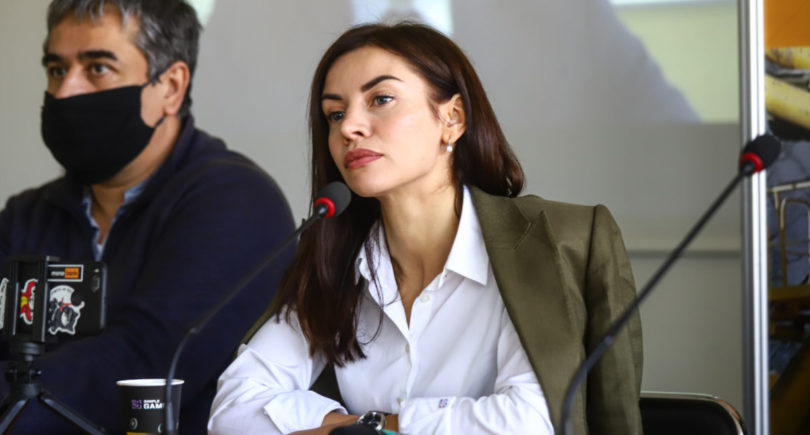
Opinions Industry metal consumption 522 17 October 2022
Domestic demand for rolled steel has increased especially from producing and construction companies
After the beginning of the military aggression of the Russian Federation against Ukraine, most Ukrainian companies had to significantly reorganize their work and logistics. Let’s tell how it turned out at the company Fortex, which is engaged in the import of rolled steel to Ukraine.
About the company
The main direction of Fortex is the import of galvanized rolled coils and steel with a polymer coating to the market of Ukraine. The main partners in this field are European producers: Arvedi, Arcelor Mittal, U.S. Steel Košice, Colortec; Turkish: Tat Metal, Tosyali Toyo; Chinese: Rogo, Longcheng and Korean Dongbu Steel. Such a wide list enables our clients, producers of ready-made profiled products, to easily cover their needs in various price segments.
In addition, we work in the market of steel structures and ferrous metal, in particular, we import plate wear-resistant steel. The main partner in this direction is the Austrian producer Voestalpine.
Demand situation
At the beginning of the war, especially in March 2022, the market was practically frozen. The crisis had a particularly acute effect on new supplies of steel sheet metal. The market mainly used the already available volume of products, with which it was filled. As a result, the total number of tons shipped in March was about 35% of the volume of March 2021.
In May 2022, demand began to recover in all directions. In the second half of the summer and autumn, the indicators became more positive – in August 2022, 52% of the volume of August 2021 was shipped, and in September, the indicator reached 74%.
Domestic demand for rolled steel improved mainly from producing and construction companies. However, the average indicator for the II and III quarters of 2022 was 41.5% of the volumes of the same periods of 2021.
During the war, in order to increase turnover, we began to import more steel sheet galvanizing products. There were problems with it in Ukraine after Ilyich Iron and Steel Works of Mariupol stopped production, and the rest of the producers had problems with handling. As a result, the specific weight of galvanizing in our steel turnover structure increased by approximately 15%. In addition, before the war, we did not deal with wear-resistant steel, but now we contacted Austrian producers, so that there was an opportunity to sell their products in Ukraine.
Falling prices
The prices of most goods both in Ukraine and in the world are increasing, but the market of rolled steel is mostly in the opposite direction. A particularly strong drop in prices was recorded in the last two months. This is primarily due to lower demand than last year. This forces producers to find ways to lower prices to support demand. In addition, in conditions where the supply is higher than the demand, it further exacerbates the competition. If we compare the prices of October 2022 with the prices of the previous year in dollars, we can record that the real value of rolled steel for sale decreased by 17%, although the price in hryvnia increased by 15%. This difference is primarily due to inflation and other currency and economic problems caused by the active phase of the war.
Also, the unstable situation forces producers and suppliers to work mostly on full prepayment. Instead, before the war, the practice of partial prepayment in the amount of 20-50% was common, and the rest was paid when the goods arrived at the port or in Lviv. In addition, now both in Europe and in Ukraine, everyone is afraid to freeze working capital in conditions of their shortage.
However, not all European producers have switched to prepayment – it is possible to take goods with a two-week delay in payment. It is a little easier in this matter with Asian suppliers, but with them there are more problems with communications.
It is difficult to predict the price situation, since the circumstances are particularly volatile now. Most likely, the prices have either already reached their bottom, or are very close to it. In the medium term, we should expect either a fixation of prices in dollars at approximately the current level, or a possible price increase. First of all, it will be influenced by how Ukraine and Europe will cope with energy problems, including fuel.
In any case, in the long term, we should expect price increases when demand starts to recover and subsequently grow. The impetus for this in Ukraine will be the restoration of the country, and in the world – when new supply chains of all types of resources are fixed in the most optimal form, bypassing Russia and Belarus, as well as those who support them.
Increasing the cost of logistics
The main problem at the beginning of the war was the blockade of Ukrainian ports – one of the main arteries for international transportation. In addition, it was necessary to promptly redirect the cargo that was already at the sea to the ports of the EU countries, to form new logistics chains of steel supplies to Ukraine from countries far abroad. For the import of goods, we mainly used vehicles through the Polish ports of Gdynia and Gdansk or the Romanian Constanta. Our logisticians had to negotiate and control the forwarding of cargo from Odesa, Romania and Poland almost 24 hours a day. And in order not to overload one port, it was necessary to transport goods through several at once. However, the change in logistics led to the overloading of ports in Poland and Romania, which extended the transportation time, which led to an increase in the price of freight transportation and disruption of delivery times.
In addition, after the destruction of a part of refineries and oil depots in Ukraine, fuel prices have increased significantly, and thus the cost of freight transportation also increased. The situation was partially saved only by the state’s abolition of excise tax on fuel and reduction of VAT on fuel. But despite this, compared to February, prices for both international and domestic transportation have increased significantly.
Company plans
First of all, to help win the war. To do this, we donate part of our revenues, and we also keep an open account where anyone can donate funds. As for commercial plans, we want to continue to expand the range of products imported from the EU, Turkiye and Asia, as well as increase volumes in ferrous rolled steel, trying to identify the most demanded niches in this segment. Also, we have already formed offers for ordering steel from Asia for February 2023.
A lot will depend on the integrity and accessibility of the country’s transport and strategic infrastructure, and the extent to which our domestic producers will be able to meet the needs of the construction and industrial sectors.





